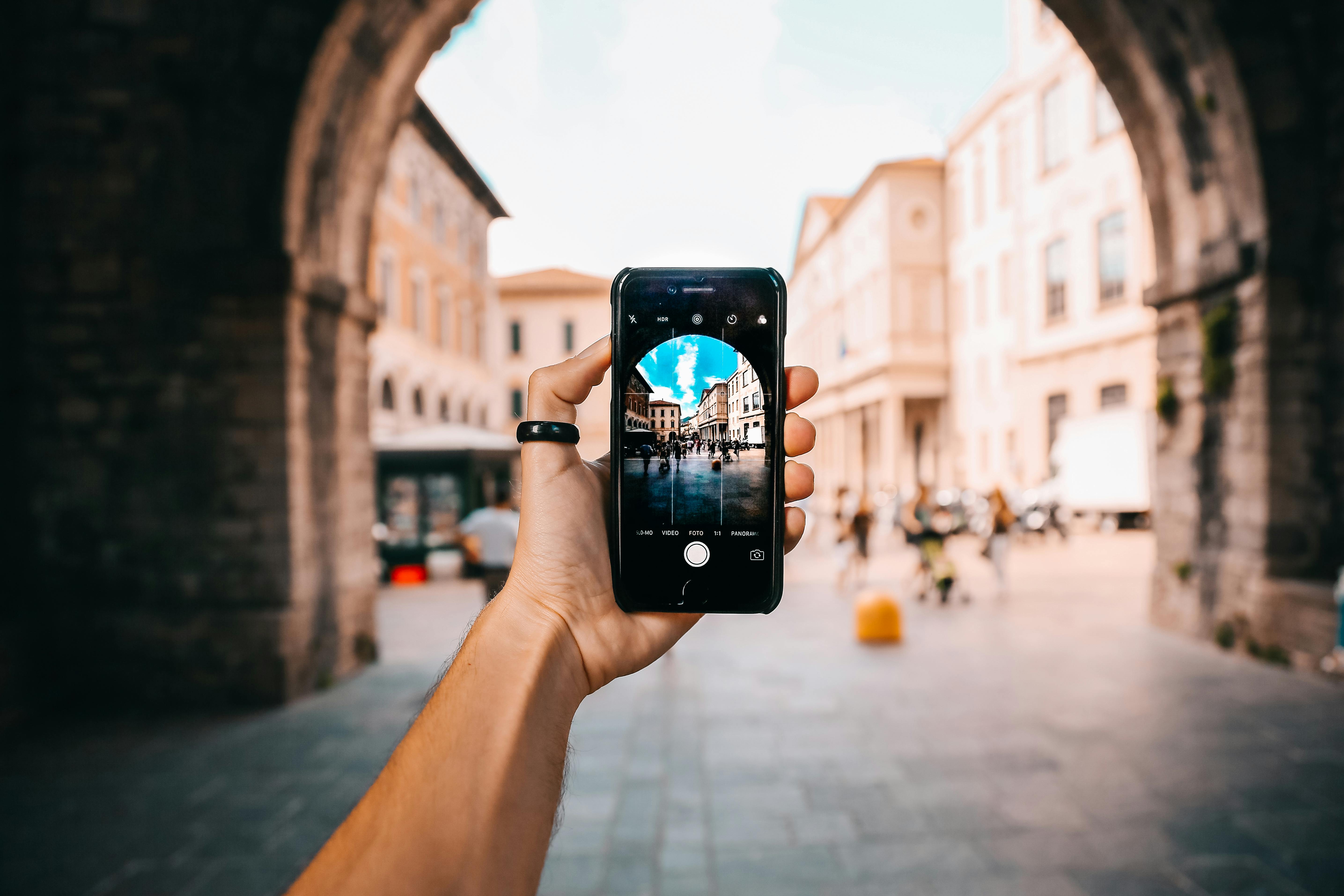
Real-time data processing was once a secret and dark art known only to the likes of the CIA and Wall Street e-merchants. The systems that performed these high-speed calculations were not only extremely expensive and very complicated, but they were also completely customized for the specific institutions that used them.
As our digital world continues to become increasingly connected, and as the proliferation of affordable Internet and data devices and services spread across the globe, people are online all the time.
At the same time, we are increasingly incorporating our Internet-connected devices into common experiences, such as traveling by train, going to work or watching television. Nielsen has found that up to 86% of laptop and mobile device owners use their “second screen” applications when watching television.
As such, the opportunity for creative developers, television networks, and mobile development studios to create experiences that leverage these massive concurrent audiences and real-time data technology to create unprecedented ‘second screen’ experiences is gigantic.
For example, you could have a specially designed smartphone app for use during SuperBowl that would allow everyone watching the show to make real-time game predictions just before the pass is detected or the audible is called.
Or, during the halftime show, you could get votes from the current millions and millions of viewers to determine which segment or artist would be shown next, and everyone watching could see everyone’s average vote values on your screen. smartphone.
Presidential debates could be revolutionized by the ability of the audience to participate and record their agreement or disagreement with the candidates and their positions in real time. This kind of continuous polling app could change the face of television and politics as we know it.
The central problem that has prevented these types of experiences from bearing fruit in the past has been that receiving constant information from television audiences and processing it in real time to create dynamic and massively multi-user applications is an extremely important task. difficult technical challenge.
The type of audience that big television events can attract is often staggering. The 2012 SuperBowl drew 111.3 million viewers. Imagine the volume of data that even a fraction of this audience would generate by scrolling up and down your screen to vote, make predictions or send messages.
It is not just a big data problem in the classical sense. It’s a real-time big data problem. Any system that is built for this use case would not only have to absorb a large volume of streaming data, but would also have to perform calculations on this data in flight and then transmit the results to each connected user to complete the process. experience.
We can expect to start seeing social TV apps that weave audience sentiment, opinion, and preferences into main-screen content soon. The immensity of this change cannot be underestimated. Traditionally, television was a one-way broadcast medium. We are about to see this change.
These new applications for Social Television and for a mass audience will make Television a two-way medium, allowing viewers to “respond” while converting watching television from a passive activity to an active conversation.
Imagine a world where you can reject characters you don’t like, in real time, as they appear on the screen and begin to cast lines. Imagine being able to take an active role in shaping the future of your favorite shows. Social TV and the next generation of mass audience apps will change streaming media forever.